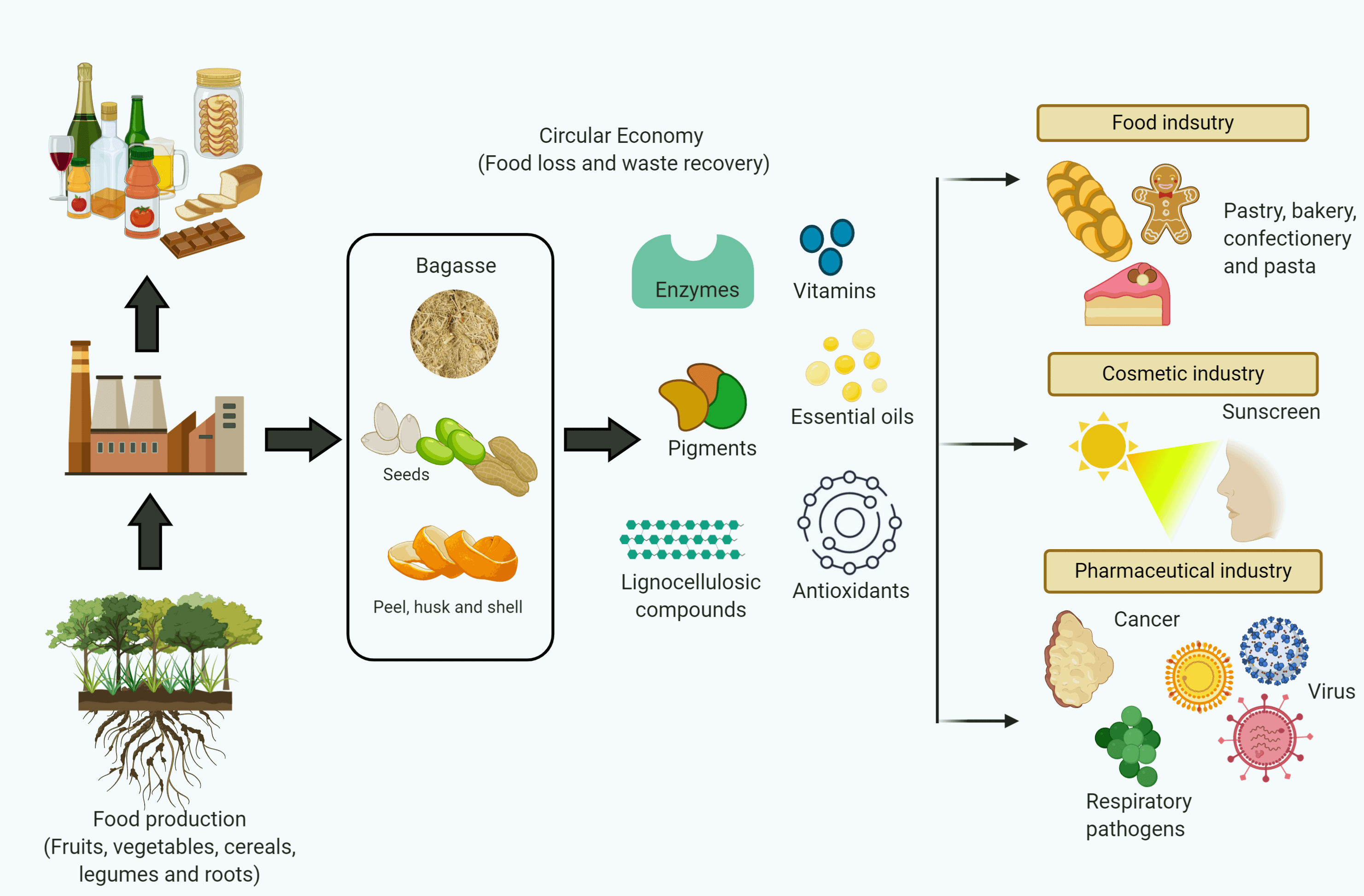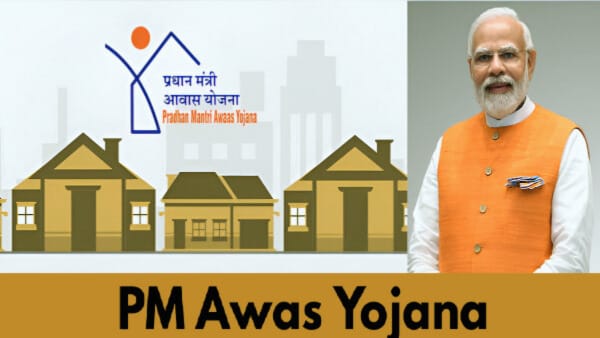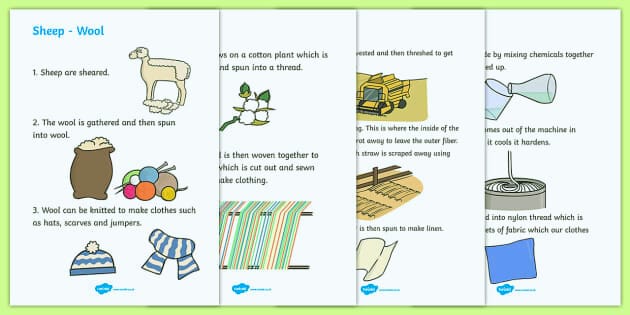Finance Minister Nirmala and her biggest Challenge of Rising Costs of Basic Essential Items
As budget 2025 approaches, Finance Minister Nirmala Sitharaman faces the challenge of addressing the rising cost of essentials: roti(food), kapada (clothing), and makaan (housing).
These sectors, the foundation of every household’s needs, have been under pressure due to inflation and stagnating incomes.
The Union Budget released by Nirmala Sitharaman on 1st February will be crucial in determining whether affordability can be restored to these core areas while addressing economic growth.

Roti: Food Inflation
Food prices remain a pressing concern for Indian households, with nearly 40% of income spent on food, according to the National Sample Survey Office(NSSO).
In 2024, food inflation reached alarming levels- tomato prices rose by 161% YoY, and potatoes saw a 65% increase.
The government thought the Pradhan Mantri Garib Kalyan Anna Yojana(PMGKAY), extended food subsidies, benefitting over 80 crore people.
In the 2024-25 Budget, the government allocated Rs 2,05,250 crore to food subsidies, a reduction from Rs 2,12,332 crore in the previous year.
Experts, however, highlight the need for structural reforms to stabilise food prices sustainably.

What Nirmala Sitharaman Budget 2025 can do to handle Food Inflation?
The upcoming budget is expected to focus on targeted measures to address food inflation.
“The Government will likely partner with the RBI to balance interest rates, stabilise the rupee’s exchange rate, and mitigate import-induced inflation on essentials like fuel and edible oil”, Rahul Kakkad, Tax Partner at EY India, said.
Expanding food subsidy programs and enhancing agricultural production support through Budget 2025 could also play a pivotial role in price stabilisation.
Programs like Ujjwala Yojana, which provides subsidised LPG to low-income households, may see increased allocations.
Currently, beneficiaries receive a Rs 300 per cylinder subsidy, but experts suggest this should be extended to non-Ujjwala households amid rising global energy prices.
“Budget 2025 may introduce tax exemptions on essential foods and expand the Pradhan Mantri Garib Kalyan Anna Yojana to ensure affordable food grains to all”, Rumki Majumdar, Economist at Deloitte India.
Makaan: The Dream
For millions of Indians, the dream of owning a home remains elusive as property prices in cities like Mumbai and Delhi rose by 13-30% in 2024, according to Anarock Research.
The 2024-25 Budget increased the allocation for the Housing and Urban Affairs Ministry by 20.4%, driven by a 36.5% hike in funding for the Pradhan Mantri Awas Yojana(PMAY).
However, only 91 lakh houses out of 1.2 crore sanctioned under PMAY have been completed sine 2015.

What Nirmala Sitharaman Budget can do to make this dream of middle class as reality?
To bridge the affordability gap, Budget 2025 could introduce measures to boost urban housing projects and improve funding for rural housing initiatives.
EY’s Rahul Kakkad noted, “The budget may increase tax deductions on home loans, broaden affordable housing initiatives, and incentivise developers to reduce housing cost for middle-class families.”
The Affordable Rental Housing Complexes scheme, launched for migrant workers, may also see renewed focus.
Strengthening public-private partnerships could help streamline construction and provide more affordable rental options.
The expectations are higher from the Finance minister Nirmala Sitharaman to address the rising construction costs and housing delays to make affordable house a reality.
Kapada: The Textile Sector
India’s textile sector, employing over 45 million people, has been grappling with reduced domestic demand, high input costs and global competition.
Clothing expenditure declined to 4% from 6% over the last decade, as per the National Account Statistics 2024.
The 2024-25 Budget allocated Rs 4,417.09 crore for the textile sector against the 2023-24 revised estimate of Rs 3,443 crore.
The budget allocation for the textiles sector was increased by Rs 974 crore. It also proposed custom duty reductions to enhance textile exports.
However, India’s share of global textile exports stood at 3.9% as of January 2, 2025, indicating a need for strategic interventions.

What Nirmala Sitharaman can do for Kapada Business?
The textile’s revival will require both financial and structural reforms. Finance Minister Nirmala Sitharaman is expected to focus on reducing GST rates on basic garments to make clothing affordable for customers.
Additionally, incentivising domestic textile production and supporting modernisation through schemes like Technology Upgradation Fund Scheme (TUFS) could strengthen the sector.
EY’s Kakkad remarked, “Reducing GST on essential garments and investing in textile modernisation could enhance competitiveness and affordability.”
Conclusion
The affordability crisis in food, housing, and clothing has far-reaching economic implications.
Budget 2025 must not only provide immediate relief through subsidies but also implement long-term solutions.
Measures such as tax reliefs for the middle class, enhanced employment opportunities, and targeted sectoral reforms could ensure economic stability and renewed consumption.
With public expectations at an all-time high, the spotlight is on FM Nirmala Sitharaman to craft a budget that delivers both affordability and growth.
For more interesting articles related to technology, economy, politics, check our website Teclearnings
